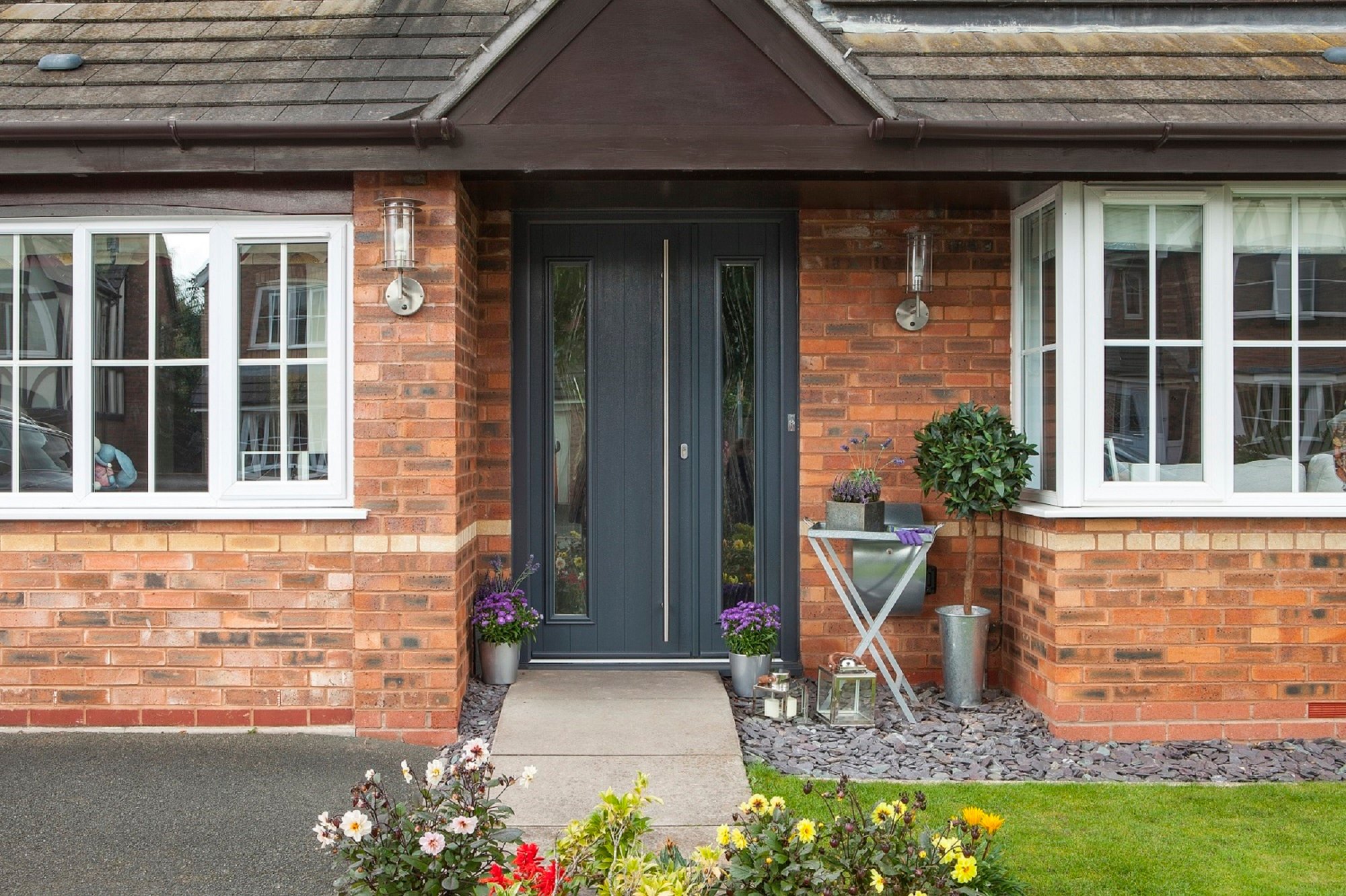Everyone knows the importance of self-expression. Yet, for younger children, it’s all too common for them to take a backseat in bedroom design. Whether you’re moving house or simply supporting children in adding their own ‘stamp’ to their room, there are many ways to get them more involved.
Here are the simple ways to add personality to your child’s space.
Incorporate their interests and hobbies
A bedroom your child feels a sense of ownership towards is one that genuinely displays their interests and passions. Who wouldn’t want a private space that reflects their personality? In fact, there’s evidence that encouraging hobbies keeps children safer throughout development.
Think wall art, decorations, and personal touches like themed bedding. An animal-print duvet could be the perfect addition if a child loves animals. While for young football lovers, a cherished Mohamed Salah Liverpool FC shirt could be inspirational to frame.
Use bold colours and patterns
The more vibrant and bold the patterns you use? The more engaging your child will find them. Embrace individuality by incorporating favourite colours, but equally veer away from neutrals — especially if your child is too young to vocalise preferences. If in doubt? Children as young as newborns are drawn to primary colours, so yellow, green, red, and blue are safe bets.
Simple ways to introduce these playful touches are through rugs, curtains, accent walls, and decorative ornaments. Yet even a bookshelf with colourful books can energise an environment.
Display personal achievements and creations
Not all artwork your child excitedly hands over is exactly what you envisioned for your fridge. Understood. But while you’re racking your brains about how to (tactfully) decipher what these scribbles depict, a vital process is at work. Recognising your child’s creations and achievements boosts their confidence and instils pride.
Why not continue this process in their bedroom? A gallery wall or display shelves are the perfect way to showcase awards, drawings, or other personal projects. Having a dedicated space for their achievements communicates value to your child.
Incorporate multifunctional furniture
Children grow up so quickly; it’s easy to feel like you might blink and miss an entire development stage. Keep these evolving needs in mind when designing bedrooms. Multifunctional furniture (like under-bed storage and folding desks) maximises space while catering to your child’s different requirements.
Integrate interactive and educational elements
Learning never stops — as every parent knows. Children are never-ending sponges, always absorbing new information. Adding interactive and educational areas in their bedroom helps to redirect any boredom and channel creativity through learning.
Maps, reader corners, and chalkboard walls are all excellent options. But ultimately, let your child’s interests (or voice) guide you. Perhaps that involves a climbing corner or an age-suitable pet if they’re old enough.
Adding personality to your child’s bedroom is a fantastic way to invest in their development — keep the process as creative as possible.






Leave a Comment